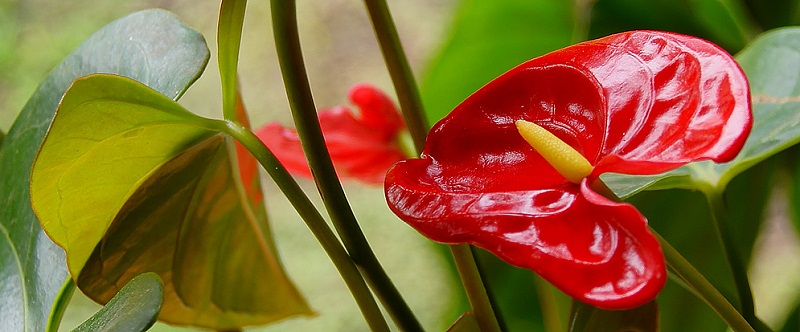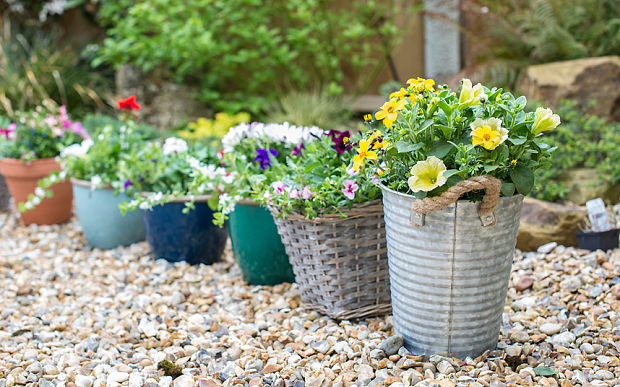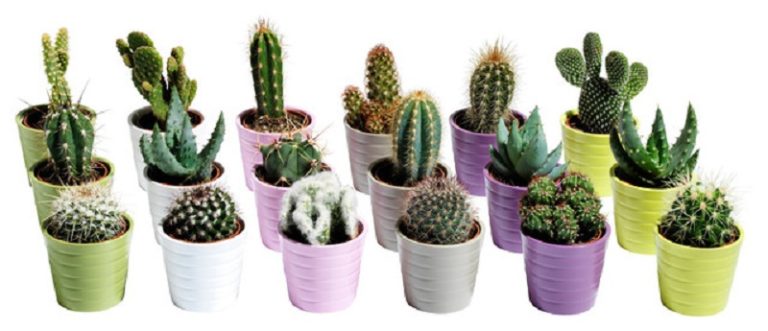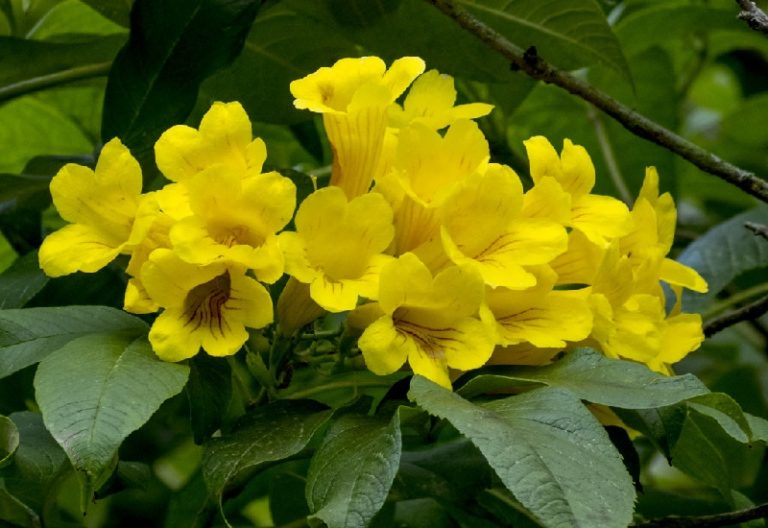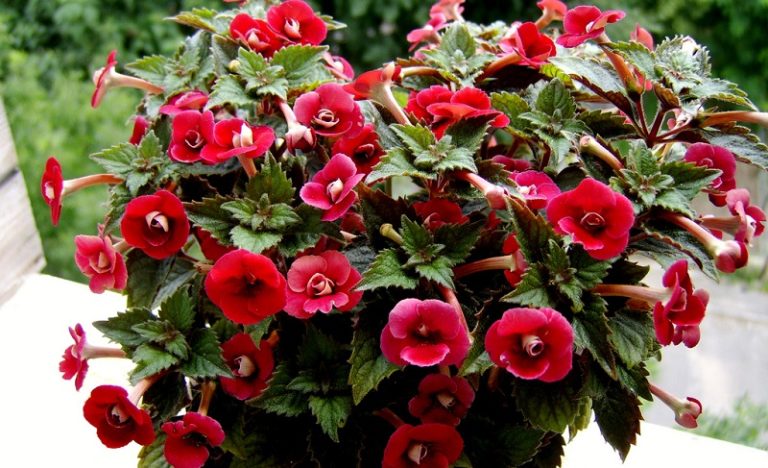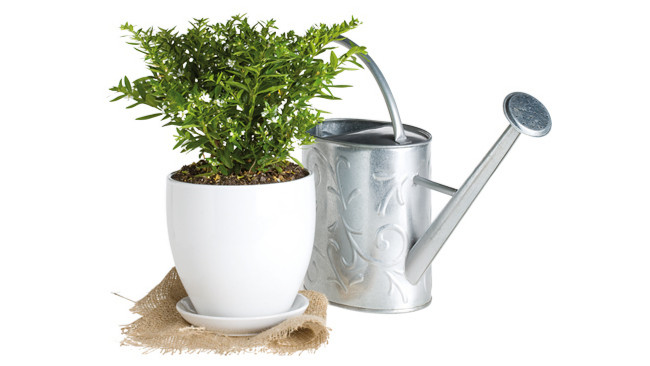Anthurium. Care and reproduction
Anthurium (Anthurium) is a perennial decorative deciduous houseplant, with beautiful flowers, which reaches a height of up to 70 cm, belongs to the Aroid family. In its natural environment, it can be found in the tropical forests of Central and South America. In the natural environment, there are more than 500 species of anthurium.
The most popular flowering types of anthurium are Andre’s anthurium and Scherzer’s anthurium, the inflorescence of which consists of a head of cabbage and a bright bedspread.
Anthurium inflorescences are also called “flamingo flowers”.
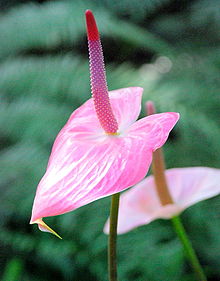
Attention! All parts of anthurium are poisonous. If ingested, anthurium juice causes eating disorders, and if it comes into contact with the skin, it causes irritation.
Indoor types of anthurium
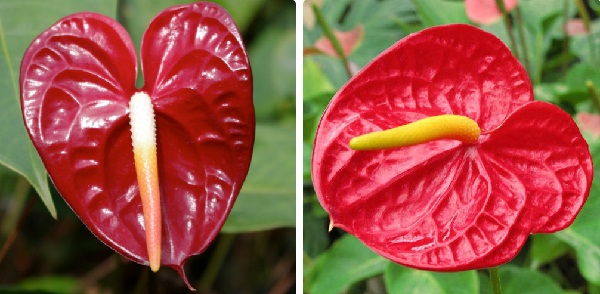
- В кімнатних умовах вирощують в основному гібридні види антуріума, які пристосовані до кімнатних умов.
- Anthurium Andre. This species blooms almost all year round. The flowers are arranged on long pedicels, maroon, red, pink, white. The bedspread is heart-shaped. When the flower fades, the veil turns green and becomes invisible among other leaves.
- Scherzer’s anthurium. This type of anthurium has a more rounded bedspread. It blooms profusely. The flowers are located on long pedicels, and their bedspreads can be red, orange, with white spots.
- Anthurium crystal. This type of anthurium is grown for its ornamental leaves, as an ornamental leafy plant. It has large heart-shaped leaves with bright light veins, reminiscent of patterns on crystal products.
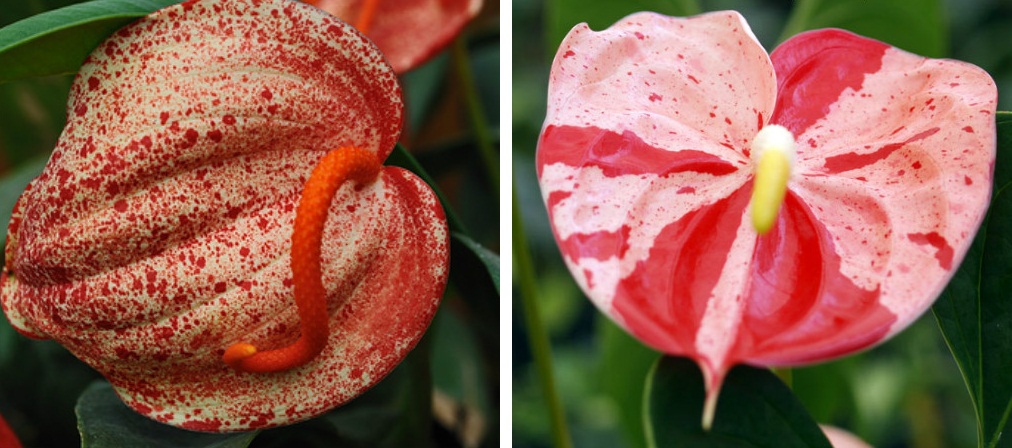
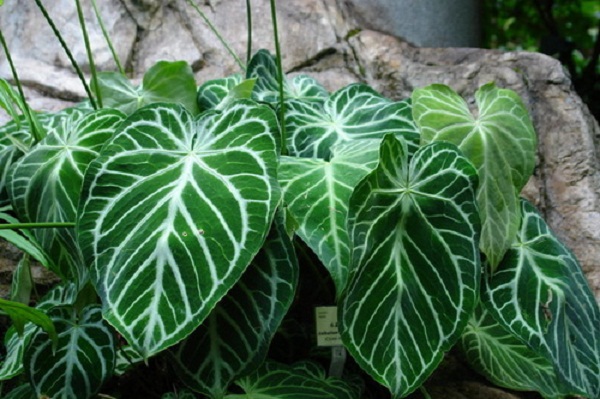
How to care for anthurium
If you properly care for anthurium, it will bloom almost all year round, and will complement your interior with bright colors in the long autumn and winter months.
Light brightness for anthurium
Anthurium needs bright, diffused light, but without direct sunlight. If the anthurium lacks light, its flowering deteriorates and the leaves are deformed. Anthuriums with decorative leaves are less sensitive to light.
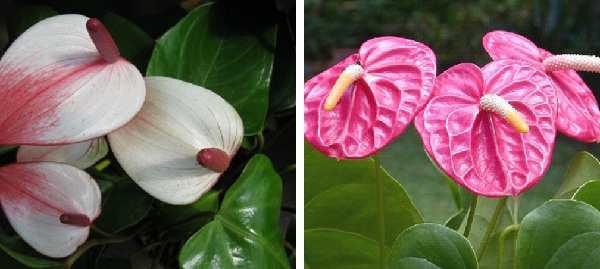
Air temperature for anthurium
The plant is thermophilic, during the period of active growth, the temperature should be 20 degrees C and above. In winter, the temperature should not be less than + 16 degrees C.
Crystal anthurium grows well at temperatures above + 22 degrees C.
How to water anthurium
Anthurium loves high humidity. You need to water the plant with soft, settled water at room temperature. All the water that has leaked into the plate after watering is left for 30 minutes, after which it is poured out to prevent rotting of the roots. In winter, watering should be reduced, but the soil should not be allowed to dry out.
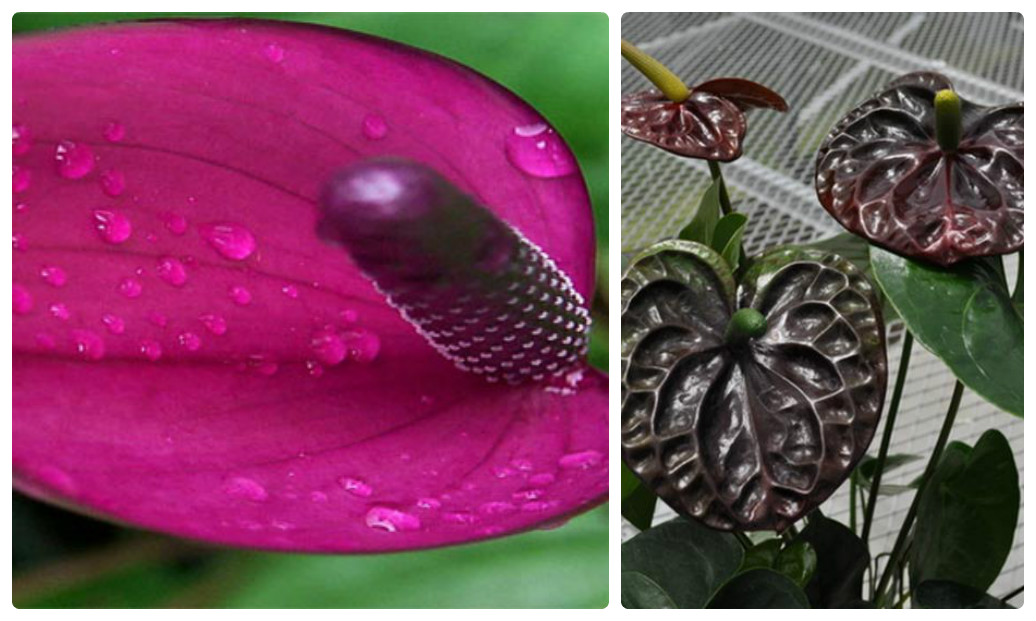
Air humidity
Air humidity for anthurium should be very high, not lower than 60 – 80%. How to increase air humidity. In terms of humidity, anthurium is comparable to azalea.
To maintain high humidity in spring and summer, spray anthurium 2-3 times a day (rarely spray in autumn and winter) with the smallest sprayer, by the evening the anthurium leaves should dry. When spraying, cover the buds and flowers so that there are no stains on them. The aerial roots of anthurium, which cover the trunk of the plant, need to be sprayed. To create high humidity, they can be carefully dug into the soil or wrapped with sphagnum.
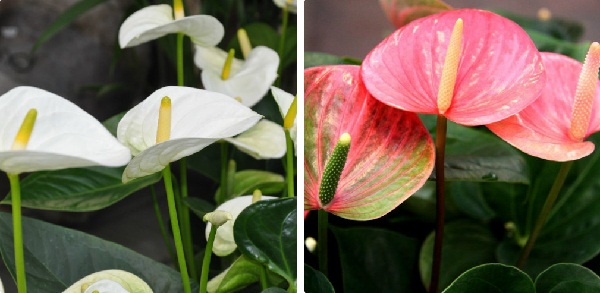
Anthurium fertilizer
Anthurium needs a lot of nutrients for normal growth and abundant flowering. From March to September, it is recommended to apply a complex mineral fertilizer for flowering plants with each watering. The concentration of the fertilizer solution should be made 2 times weaker than written in the instructions. In winter, top dressing is reduced to a minimum – 1 time in 30 days.
Anthurium transplant
Anthurium is transplanted in the spring (once every 2 years), when the earth is completely rooted. Anthurium has numerous, succulent, very fragile roots. For their full, healthy development, a lightweight, breathable, breathable substrate is needed. Heavy soil is not suitable for anthurium. The soil for anthurium should hold the plant well, retain moisture, nutrients, dry out easily and allow water to pass through. The soil mixture should consist of peat, soddy soil, sphagnum, sand (4: 2: 1: 1), or peat, leafy soil and sand (1: 1: 0.5). We transplant by transshipment.
Pieces of deciduous bark, charcoal, broken brick are added to the substrate. The pot should be wide, with good drainage.
A small pot will stimulate the flowering of anthurium, a slightly wider pot – all the strength, the plant will give for the formation of “babies”.
Anthurium with large, ornamental leaves may need support to support heavy stems.

See also:ORCHIDS – ORCHID CARE
Anthurium propagation
Anthurium can be propagated in the following ways: by dividing the bush, cuttings and seeds.
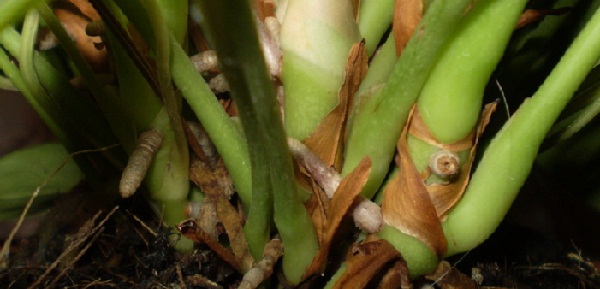
They are also propagated by parts of stems with anthurium roots, which are cut and planted in separate pots with peat. Soon young leaves will appear from them.
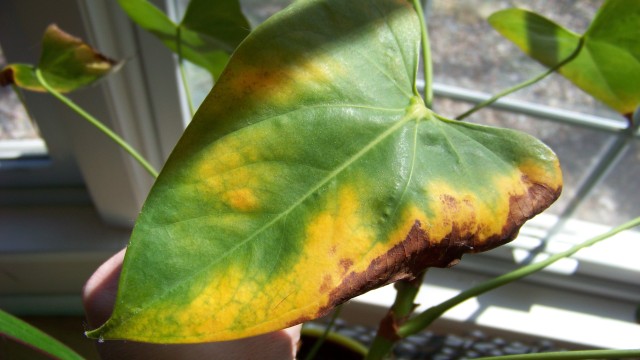
Pests and diseases
Pests that threaten anthurium: aphids, scale insects, spider mites.
- При неправильному догляді у рослини можуть з’явитися хвороби
- Dark spots on the leaves – very low temperature.
- Anthurium leaves turn yellow and dry. If the leaves turn yellow around the edges in winter, the reason is a lack of light. Or the plant is in direct sunlight and has been burned.
- The tips of the leaves are blackened – improperly selected soil containing an excess of calcium salts. Repot the plant.
- Does not bloom – you transplanted the plant into a pot that is too large.

